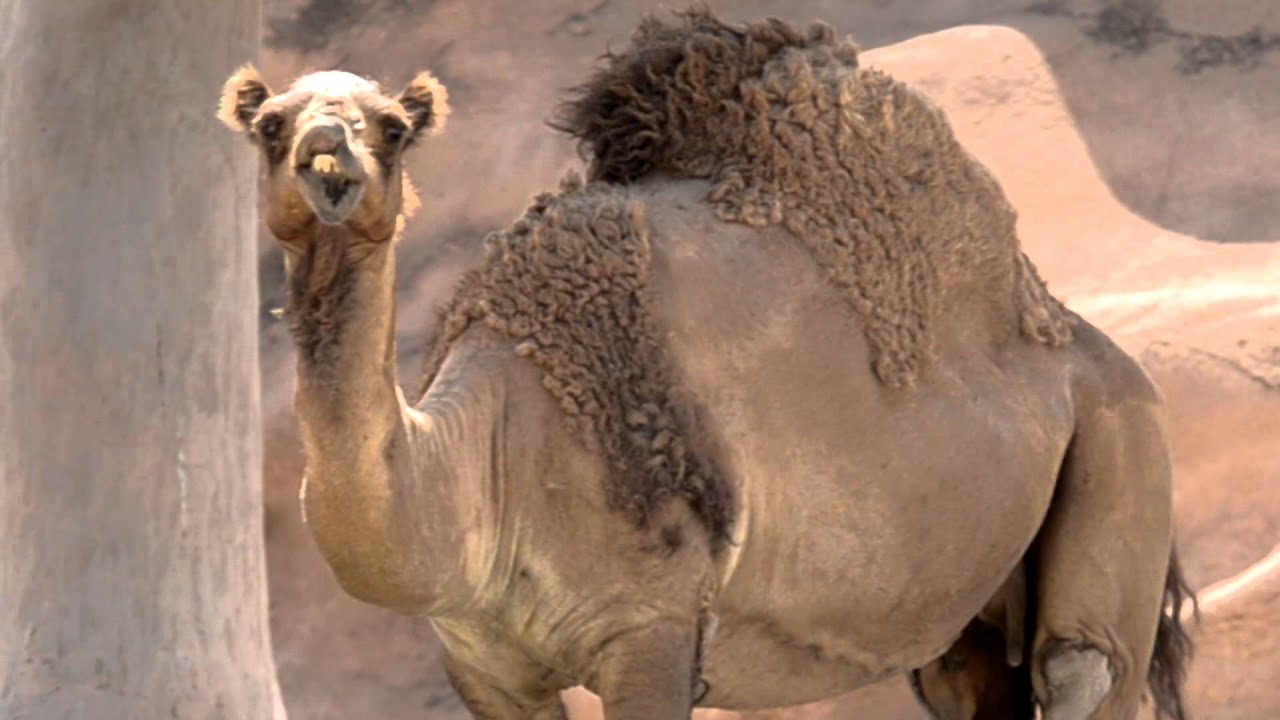- The historical significance and development of Gladys Porter Zoo over four decades.
- Conservation efforts and the role of the zoo in wildlife preservation.
- Educational programs and community engagement initiatives at the zoo.
- The impact of the zoo on local biodiversity and research endeavors.
- Celebratory events and future plans to enhance the zoo’s mission.
The Gladys Porter Zoo, located in Brownsville, Texas, stands as a beacon of wildlife preservation and education as it celebrates its 40th anniversary. Established in 1971, the zoo has evolved into a premier institution known for its dedication to conservation and education. With a collection of approximately 1,600 animals representing 400 species, it continues to play a vital role in fostering an understanding and appreciation for the animal kingdom among its visitors.
The zoo’s history is rich and varied, with its origins rooted in the vision of its founder, Gladys Porter. A philanthropist with a passion for animals, Porter believed in the importance of creating a space where people could connect with and learn about wildlife. Over the years, the zoo has expanded its exhibits and facilities, embracing cutting-edge management and care to provide a sanctuary for species from around the globe. The iconic Tropical America exhibit, for instance, brings the vibrant ecosystems of Central and South America to life, allowing visitors the chance to experience the diversity and complexity of these regions.
Integral to the mission of the Gladys Porter Zoo is its commitment to wildlife conservation. The zoo is actively involved in numerous international and local initiatives designed to protect endangered species and their habitats. One such initiative is the participation in the Species Survival Plan (SSP) programs, managed by the Association of Zoos and Aquariums (AZA). These programs are crucial for the genetic management and conservation of threatened species in controlled environments. For example, the zoo’s contributions to the breeding programs for the Western lowland gorillas and Komodo dragons have garnered international recognition.
In addition to its work with SSPs, the zoo plays a pivotal role in local conservation efforts. Through partnerships with local organizations and government agencies, the zoo has spearheaded projects aimed at preserving the rich biodiversity of South Texas. Efforts to restore habitats for the endangered Aplomado falcon, ocelots, and Kemp’s ridley sea turtles are just a few examples of the zoo’s impact beyond its gates. These initiatives not only facilitate the protection of species but also promote research that enhances our understanding of complex ecological systems.
Education remains a cornerstone of the zoo’s outreach endeavors. With a variety of programs aimed at audiences ranging from young children to adults, the zoo seeks to inspire a new generation of conservationists. Engaging educational exhibits, innovative school programs, and interactive workshops offer visitors the opportunity to learn through hands-on experiences. One standout initiative is the zoo’s annual Wildlife Conservation and Science Summer Camp, which immerses students in the principles of biology, ecology, and conservation science.
Moreover, the zoo collaborates with local schools and educational institutions to integrate curriculum-based learning with real-world conservation issues. This strategy enhances critical thinking and problem-solving skills among participants. Community engagement doesn’t stop at educational programs. Gladys Porter Zoo plays an active role in its community through partnerships, volunteer opportunities, and events. Programs like Zoo Nights and Movies and the annual Zoofari fundraiser help foster a sense of community support and involvement.
The role of the zoo extends to supporting scientific research that influences conservation strategies and animal care practices. Research collaborations with universities and conservation groups lead to advancements in husbandry, veterinary medicine, and captive breeding techniques. The study of animal behavior and genetics at the zoo contributes to global data, enabling better management of species both in captivity and in the wild.
For its 40th anniversary, Gladys Porter Zoo has planned a series of celebrations aimed at recognizing its past achievements and future goals. Special events, exhibits, and workshops will provide visitors with a deeper understanding of the zoo’s mission and the steps it is taking to continue its conservation efforts. These celebrations are not merely celebratory; they are an invitation for the community to actively engage with the zoo’s vision for wildlife preservation and education.
Looking ahead, the zoo plans to enhance its facilities and expand its programs to further its mission of conservation and education. Development plans include new exhibits promoting species native to South Texas and improved technological integrations to provide enhanced learning experiences for visitors. By leveraging advancements in virtual and augmented reality, the zoo aims to bring the wonders of wildlife to a larger audience, ensuring that everyone can experience, learn, and contribute to conservation efforts.
The Gladys Porter Zoo’s impact over the past 40 years is substantial, influencing both local communities and international conservation practices. Its dedication to wildlife and environmental education ensures that the zoo remains a leader in fostering an appreciation for our natural world. As it marks this significant milestone, the zoo continues to inspire and educate, reminding us all of the importance of preserving the incredible diversity of life on Earth. Through its unwavering focus on conservation, education, and community involvement, the zoo invites us to participate in its mission, ensuring a more sustainable future for generations to come.
*****
Source Description


